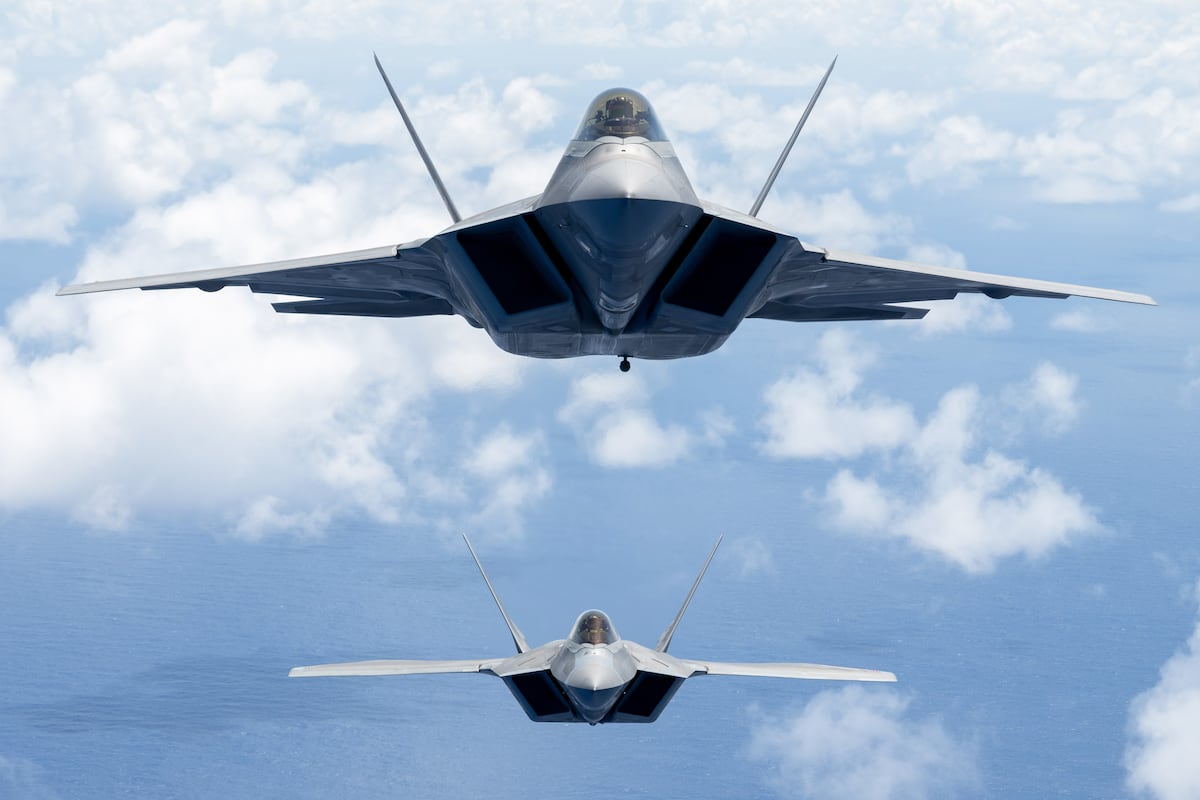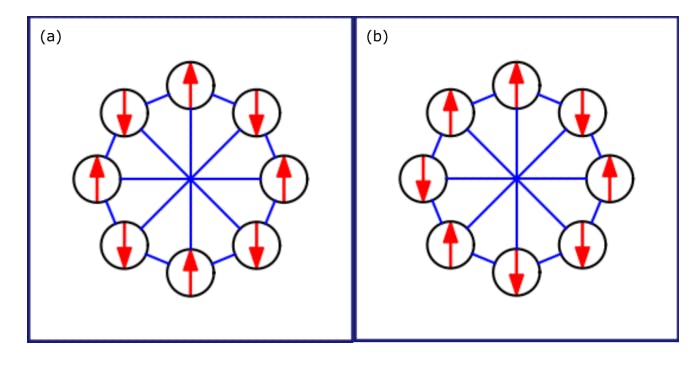At $109 000 per BTC , it’s the question on everyone’s mind — especially solo miners watching their rigs sweat and their profits shrink. Every few years, crypto declares something obsolete: ICOs, NFTs, Ethereum killers… and now mining.But here’s the paradox: ASICs are still selling out. Hosting centers are full. Warehouses hum like it’s 2021. So, is mining really dead — or just misunderstood?
Let’s dig
Solo mining in 2025: tough love economics
Mining used to be easy: plug in, print Bitcoin. In 2025? It’s closer to financial triage.
Since the April 2024 halving dropped block rewards to 3.125 BTC, mining has become a margin game.
Let’s be clear: unless you’re running an Antminer S21 Hydro in a region with ultra-cheap power and optimal uptime, you’re probably bleeding satoshis.
But mining still offers something buying can’t: BTC at protocol cost. It’s not about markup. It’s about minting new coins from energy and uptime — like financial alchemy.
Buying gives you exposure. Mining gives you sovereignty
Still, this isn’t passive income. It’s active infrastructure. Firmware updates, heat control, uptime alerts, pool reconfigs — and in some countries, local regulators or neighbors who aren’t fans of 65 dB fans.
Buying Bitcoin: smooth ride or price prison?
Buying Bitcoin has never been easier. Apple Pay. Telegram bots. Zero-click swaps. You can get exposure before your coffee cools.
But that exposure comes with strings.
You’re riding the waves — no helm, no sails. When BTC was $42K in early 2025, smart money bought in. At $96K, new buyers are betting on vertical continuation. But are they investing — or gambling?
Cold storage? Secure, but ruthless. Custodial platforms? Convenient, but not sovereign. And through all that, there’s the whiplash of volatility — something no DCA chart can soothe in the middle of a 30% drawdown.
Buying Bitcoin wins on simplicity, liquidity, and speed. But you’re trusting the market, not yourself.
HODLers: the silent, boring champions
Let’s zoom out.
Put $5 000 into BTC in January 2025? You’re up to ~$11 400. Same $5 000 into solo mining gear? You’re probably underwater, waiting 18–24 months for ROI — if at all.
Here’s the catch: most HODLers didn’t outsmart the market. They just stuck around.
They skipped the firmware stress and power bills. They didn’t time the halving. They just held. And it worked.
The long game is boring. But boring prints results.
The $5 000 Test: Buying vs Mining (2025 Snapshot)
In the short term, buying Bitcoin absolutely dominates — unless your electricity is nearly free or you’re mining at massive scale.
Market Sensitivity: When Does Mining Flip?
|
BTC Price |
Mining ROI |
Buying ROI |
|---|---|---|
|
$30 000 |
–55% to –60% |
–29% |
|
$45 000 |
–25% to –30% |
+7% |
|
$96 000 |
–10% to –20% |
+125% to +130% |
These numbers make one thing clear: solo mining is hypersensitive to BTC’s spot price — and unforgiving below $45K. But mining ROI is more nuanced than this table suggests. It doesn’t account for hardware resale, long-term BTC appreciation, or tax benefits from operating expenses.
Mining returns are deferred — but not dead.
The strategic case for mining
Here’s the twist: mining still makes sense. Just not as a solo hustle.
If you’re running a mining pool, hosting client rigs, or operating in regions with stranded or subsidized energy — mining shifts from gamble to infrastructure. It’s no longer just yield. It’s power monetization. Network contribution. Optionality.
In a world of KYC’d wallets and frozen exchange accounts, mining is your unplugged Plan B.
Think about it: when central banks roll out CBDCs and surveillance expands, would you rather hold coins minted by others — or the ones you mined yourself?
This is the sovereignty argument. Mining isn’t a money printer anymore. It’s a statement.
Real-world friction: the noise is literal
Mining isn’t just financial calculus — it’s also social physics.
U.S. towns near mining farms have reported noise levels exceeding 90 decibels. Chronic complaints, health concerns, and rising regulations are pushing solo miners out of garages and into hosted setups — or out of mining entirely.
Environmental scrutiny is also intensifying. With global mining consumption hitting 176 TWh annually (on par with mid-sized nations), discussions of carbon taxes and emissions-linked regulation are no longer theoretical.
The result? Industrial mining is being forced to evolve — pairing with renewable grids, integrating heat recycling, and even stabilizing intermittent solar or wind energy through demand absorption.
Conclusion: mining isn’t dead. It’s maturing
So, what’s more profitable in 2025 — buying or mining?
If you’re an individual with $5,000 and no industrial setup, buying wins. No question. But mining isn’t irrelevant. It’s just moved upstream.
Buying Bitcoin is simple exposure. Mining is strategic engagement.
One is liquid. The other is infrastructural.
One reacts. The other builds.
Whether you’re grinding out hashrate in your garage, or securing energy arbitrage deals in Kazakhstan, the answer depends on your strategy — and your scale.
Your move: spin the rig, or ride the wave?











